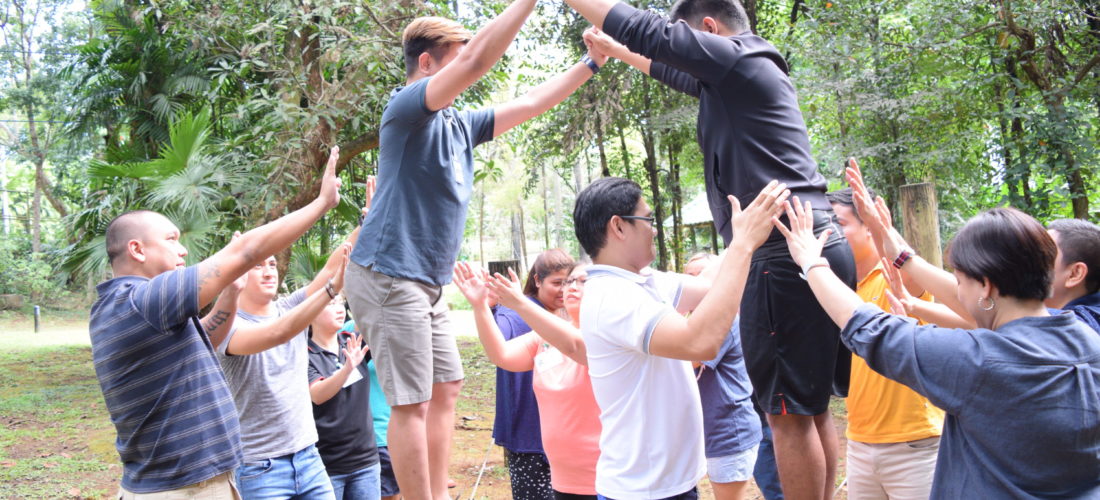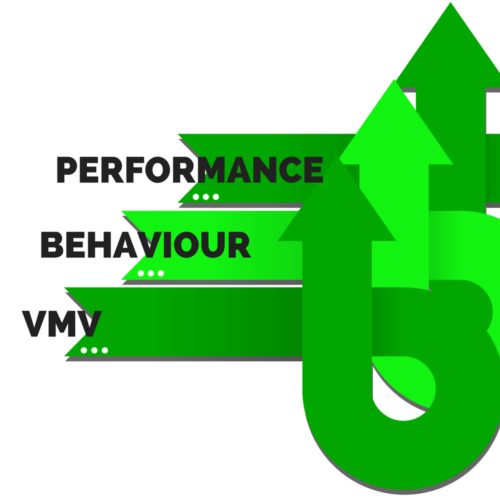
Facilitating Organizational Alignment
Organizational effectiveness is achieved when decisions are made in the most efficient ways and directions are carried out effectively throughout the organization. When actions do not betray stated organizational values or when problems are identified and solved at all levels in the organization, when expectations match performance, we can say that an organization and its people are aligned with its purpose.
exeQserve can help
As one of the top HR Consultant in the Philippines, we offer our services in facilitating your organization’s alignment process. It all starts with establishing a cohesive team out of the people responsible for shaping the organization – the Management Team. Without leadership cohesion, any effort to build organizational culture may fall apart because of weak foundation. As soon as the Management Team is ready, we shall facilitate the crafting of the organization’s vision, mission and core values and help establish strategies for alignment of all actions via review of strategies and cascading of the newly stated direction to all employees.
How We Propose To Do It
One of the most important leadership practices as identified by Kouses and Posner in their book “The Leadership Challenge” isModeling the way. An organizational culture is built whether or not there is a deliberate effort, and this is through management action. Employees get clues from how decisions are made and handed out to them. When there’s mix signal and ambiguity due to differing messages coming from different members of the management team, employees get confused about what is important. It is therefore critical for management to get its acts together before it decides on how to shape the organization.
Collins and Porras, in their Book “Built to Last” found through their research that various organizations which stood the test of time and economic turbulence are anchored on well communicated vision, mission and core values. These companies succeeded financially by first succeeding in setting out what they believe is their reason for being, charting a course for their organization to traverse and establishing a set of moral compass to guide them in their decisions and actions. We aim to follow Collins and Porras proposed model and create strategies for ensuring that your company’s Core Ideologies are communicated well and lived by all the members of the organization through leadership modeling and employees alignment.
After defining the company’s mission, vision and core values, Management need to take another look at its strategies and plans and make necessary adjustments to make sure that they reflect the company’s core ideology.
A desired culture becomes real when it is reflected in how the company expect its people to work either as individuals or as members of team. It should also be reflected in the way the company rewards performance and behaviors that support the company’s VMV. Likewise, the company should be able to show that it does not tolerate misalignment from its values and it reflects in its code of discipline. It is therefore important for management to look at its employment policies, rewards system and code of discipline and make adjustments in them to communicate that it is serious about living by its identified tenets. A communication program is an important component of this stage in the culture cultivation process. It’s not enough for people to know what the company’s VMV is, it’s important for them to have a full appreciation of what a VMV is from a conceptual point of view. They must also know how to apply these tenets in their everyday working life. A workshop shall be facilitated to help them identify behaviors that align them with the company’s direction.
When organizational VMV, strategies and performance metrics are aligned, it becomes easier to map competencies that support these. When competencies are mapped, gaps can also be identified through objective performance evaluation. These can be used as basis for identifying training needs and developing a training plan. Several HR Strategies are applied at these stage:
- Competency Mapping
- Performance Management
- Training and Development
- Recruitment and Selection
- Career Planning
The development of a performance management system that constantly make people accountable for performance that produce desired results and behaviors that support the company’s VMV is an essential locking mechanism in building a strong and lasting organizational culture. When managers begin to see this as a tool for continuous improvement rather than a required task that they need to comply with, it becomes a very powerful tool for human development.




